Are you getting involved in foreign exchange trading? Do you want to expand your investment expertise and portfolio? Or, do you just want to build upon your money knowledge and read and write about different currencies? Whatever your fancy is, you should begin this currency journey with finding out what the best currencies are and how you can hold them.
Here are the five most expensive currencies in the world:
1. Swiss Franc Currency
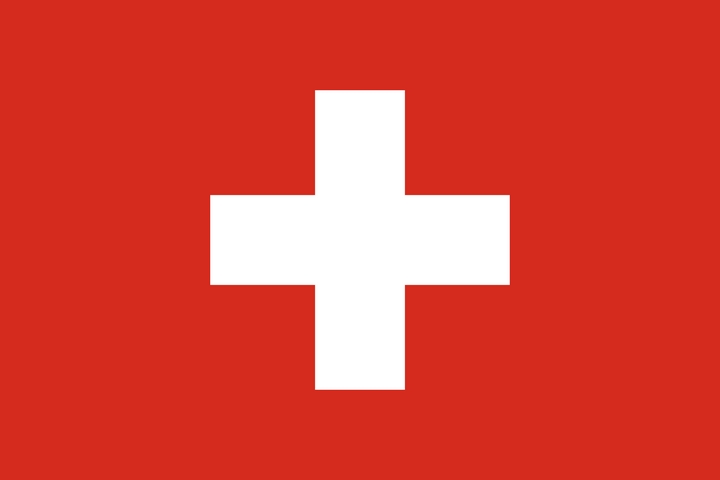 While the gold standard has vanished from the international monetary system – don’t believe those conspiracy theory websites that claim it is coming back – some currencies offer tremendous value on a consistent basis. What’s one of these currencies? The Swiss franc.
While the gold standard has vanished from the international monetary system – don’t believe those conspiracy theory websites that claim it is coming back – some currencies offer tremendous value on a consistent basis. What’s one of these currencies? The Swiss franc.
When measured against a basket of currencies, the Swiss franc has been rather reliable, achieving safe-haven asset at the height of the economic collapse. Even years following the Great Recession, the franc has had very little volatility, making it one of the most expensive currencies in the world.
In today’s global economic uncertainty, this is what cautious investors – bulls and bears alike – want.
2. U.S. Dollar Currency
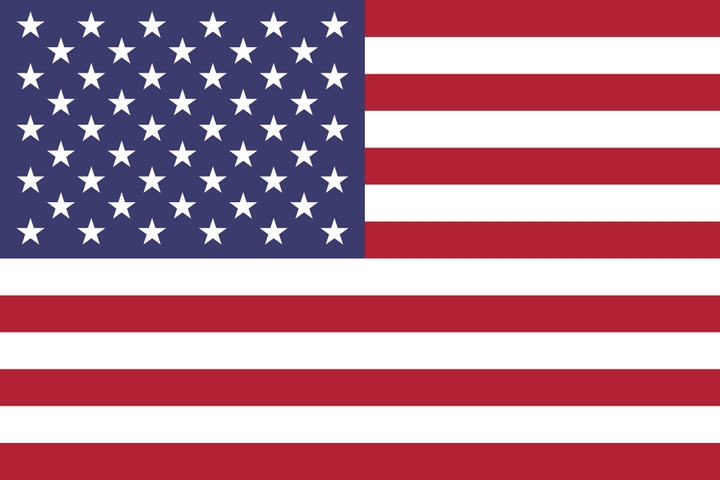 The U.S. dollar has achieved world reserve currency status for decades. A myriad of currencies is tied to the greenback, and despite a number of nations dumping the buck, they still maintain an intimate relationship with the dollar. From the Jordan dinar to the Cayman Islands dollar, many countries still want to be pegged to the U.S. dollar.
The U.S. dollar has achieved world reserve currency status for decades. A myriad of currencies is tied to the greenback, and despite a number of nations dumping the buck, they still maintain an intimate relationship with the dollar. From the Jordan dinar to the Cayman Islands dollar, many countries still want to be pegged to the U.S. dollar.
Moreover, the U.S. dollar has rallied in the last couple of years. For instance, the U.S. Dollar Index has climbed nearly eight percent over the last 12 months to 96.60 – in January 2017, it topped 1.03.
Many perma-bears warn that the good times for the U.S. are coming to an end, which could spell disaster for dollar holders. It’s unclear if this is the case, but it’s true that the country is overleveraged. How you play the market is up to you, but the dollar does have a good track record.
3. Singapore Dollar Currency
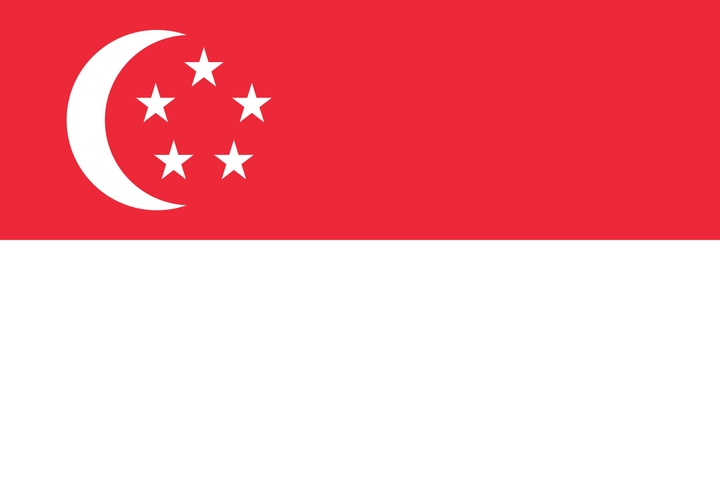 Do you want a mirror image of the Swiss franc? Well, look no further than the Singapore dollar, which is essentially the Asian version of the franc.
Do you want a mirror image of the Swiss franc? Well, look no further than the Singapore dollar, which is essentially the Asian version of the franc.
The economy is strong, the political situation is calm, and the environment is pro-business. Singapore is everything you want in an economy, and its currency reflects that. Against the U.S. dollar, the Singapore buck has been rather stable since 2014, averaging about 1.35 and topping as much as 1.46.
4. Kuwaiti Dinar Currency
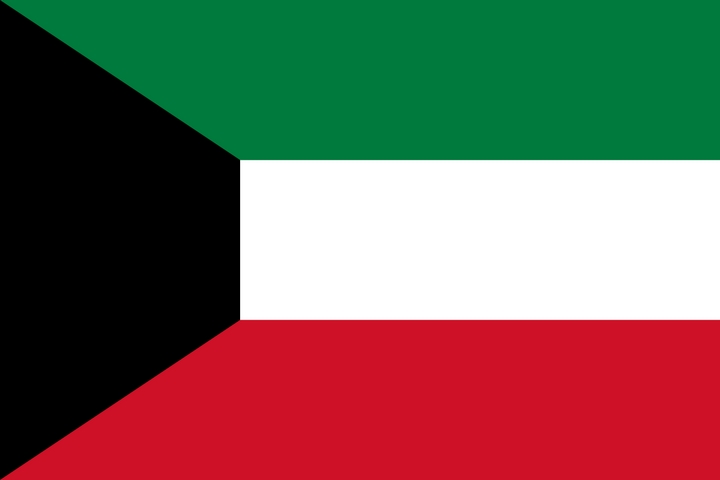 The Kuwaiti dinar went from a speculative investment to one of the most expensive currencies in the world today. Because Kuwait is a tiny country with plenty of wealth (and oil), the nation was able to propel its currency to the highest value rate of its currency.
The Kuwaiti dinar went from a speculative investment to one of the most expensive currencies in the world today. Because Kuwait is a tiny country with plenty of wealth (and oil), the nation was able to propel its currency to the highest value rate of its currency.
5. Canadian Dollar Currency
 On one hand, the Canadian economy is stuck on a treadmill without any significant growth. On the other, it is a resource-rich nation with a currency that doesn’t give investors headaches with immense volatility. In the last couple of years, the loonie has traded against its American counterpart around 0.75 – the latest forecasts suggest it could dip to 0.70 sometime this year.
On one hand, the Canadian economy is stuck on a treadmill without any significant growth. On the other, it is a resource-rich nation with a currency that doesn’t give investors headaches with immense volatility. In the last couple of years, the loonie has traded against its American counterpart around 0.75 – the latest forecasts suggest it could dip to 0.70 sometime this year.
Since traders anticipate the loonie to hover around that mark for quite sometime, then you know what you’re getting yourself into. Any gain, no matter how small, is only a boon to your currency portfolio.
How to Profit from the Most Expensive Currencies
You are likely interested in getting involved in trading currency. A lot of novice investors make the mistake of simply heading to a foreign exchange shop and buying whatever currency they’re interested in, paying a premium and fee as a result. It doesn’t have to be this complicated and expensive – you can do so much better in this realm.
Here are three ways to hold them in your investment portfolio:
1. Bonds
 If you have traveled across town, you have likely seen advertisements to purchase Israeli bonds. Considering how strong the Israeli economy is, this could be considered a prudent investment. That said, this is how you can gain access to certain currencies. So, in this example, you can be exposed to the new shekel.
If you have traveled across town, you have likely seen advertisements to purchase Israeli bonds. Considering how strong the Israeli economy is, this could be considered a prudent investment. That said, this is how you can gain access to certain currencies. So, in this example, you can be exposed to the new shekel.
By buying U.S. Treasuries, Canadian bonds, or European securities, you can indirectly put your money into these nations’ respective currencies.
2. Forex Trading
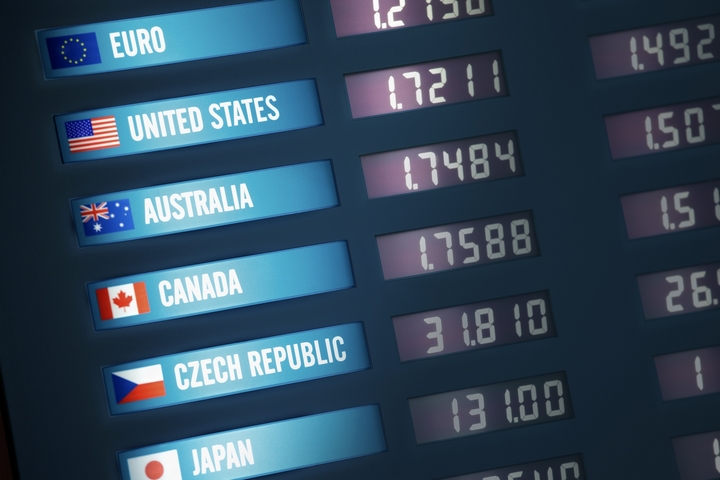 Foreign exchange trading, or forex trading, is one of the largest and most liquid trading markets in the world. It’s an arena where you can buy and sell francs, euros, dollars, pounds, yen, and any other currency you’re interested in.
Foreign exchange trading, or forex trading, is one of the largest and most liquid trading markets in the world. It’s an arena where you can buy and sell francs, euros, dollars, pounds, yen, and any other currency you’re interested in.
Here are a few basic facts about forex trading:
- A currency’s value is based on supply and demand.
- Forex trading is open 24 hours a day, five days a week.
- Currency price quotes can change in seconds.
- There is no centralized exchange.
- Anyone can trade forex as long as you have a forex account.
3. Currency Funds
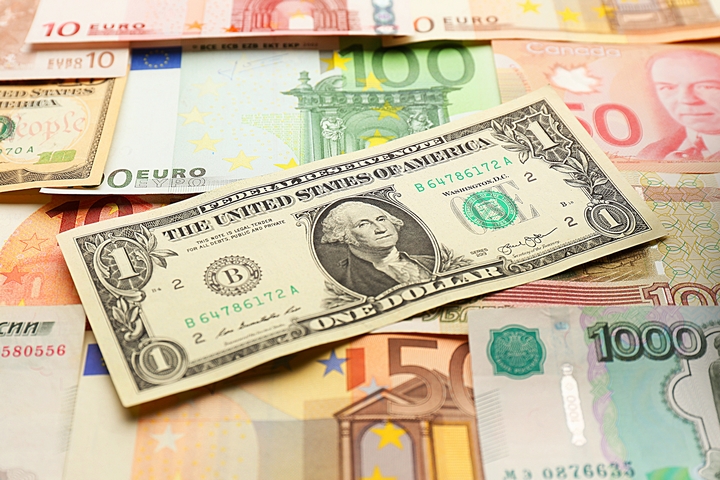 A currency fund operates the same as a mutual fund: these investment instruments focus on the asset class – in this case, the currency. These funds can do one of two things:
A currency fund operates the same as a mutual fund: these investment instruments focus on the asset class – in this case, the currency. These funds can do one of two things:
- Physically hold multiple currencies and time deposits.
- Go long or short based on futures contracts and currency swaps.
Also, similar to mutual funds, currency funds are actively managed.
Currencies can be valuable or they can be worthless. The Zimbabwe dollar, the Venezuela bolivar, and the Mexican peso have all been virtually worth nothing for years, thanks to reckless fiscal, monetary, and economic policies. Whether you want to partake in forex trading or you want to buy currency for your next trip, it is important to know which currencies are dependable and which ones can be used for toilet paper.




